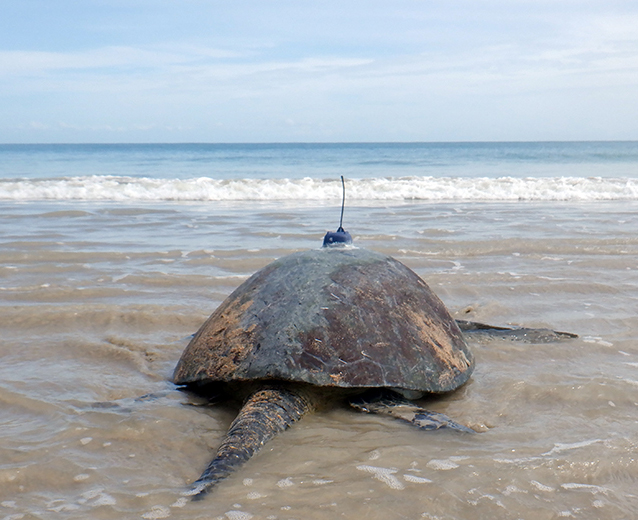Unravelling the spatial ecology of male sea turtles
We know surprisingly little about the spatial ecology and behaviour of male sea turtles, because, unlike the reproductive females that must come ashore to lay their eggs, when a male sea turtle leaves its nest and enters the sea, he is never to touch land again. Since we are land creatures, it has always been easier for us to study sea turtles at the壯陽藥
ir breeding sites, which has led to a disproportionally large knowledge on nesting females and incubating eggs, compared to other life-stages.
Since 2013, I have conducted a lot of research on the green turtle rookery from Poilão Island, in Guinea-Bissau. From the nesting beach, particularly in the beginning of the nesting period, I often see mating turtles, at short distances from the shore, and I have always wondered about the reproductive males; where did they came from?, how long did they stay?, did they move between islands/nesting beaches during the breeding season?
This year finally (2021), after three years investing on increasing our knowledge on the spatial distribution and migrations of nesting females from Poilão Island, Guinea-Bissau, we have started to study the male population, in collaboration with the IBAP – Guiné-Bissau.

In July 2021, we deployed 12 satellite tags on male green turtles, found mating in front of Poilão. To capture the turtles for sat tag deployment we counted with the local fishers, park rangers and collaborators from Canhabaque Island. It was wonderful to see their enthusiasm, and some of the names chosen for the turtles (using the Bijagó language) reflected an affection towards these charismatic animals, e.g., “Khoka” (meaning ‘poor thing’, as an allusion to the threats that sea turtles face), “Makan” (‘Leave it be)’, “Mintê” (‘Where do you come from?’), and “Méné” (‘How do you feel’?).

We are now closely following the movements of these turtles, and will gather information useful for the conservation planning of this population and to fill-in the information gap on male sea turtle movements and ecology.
